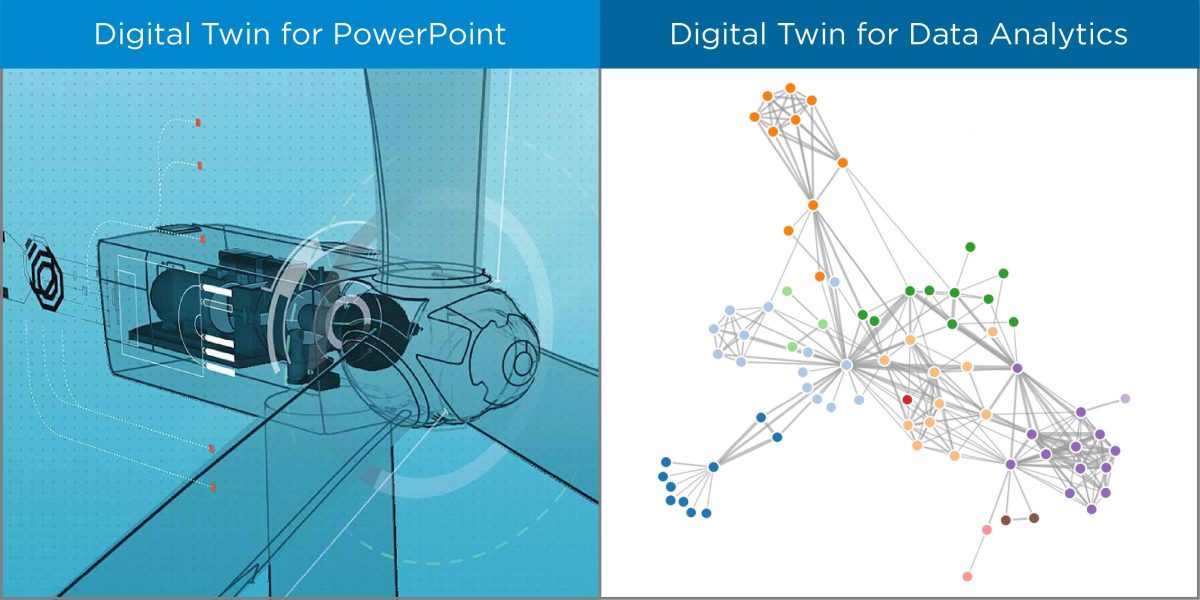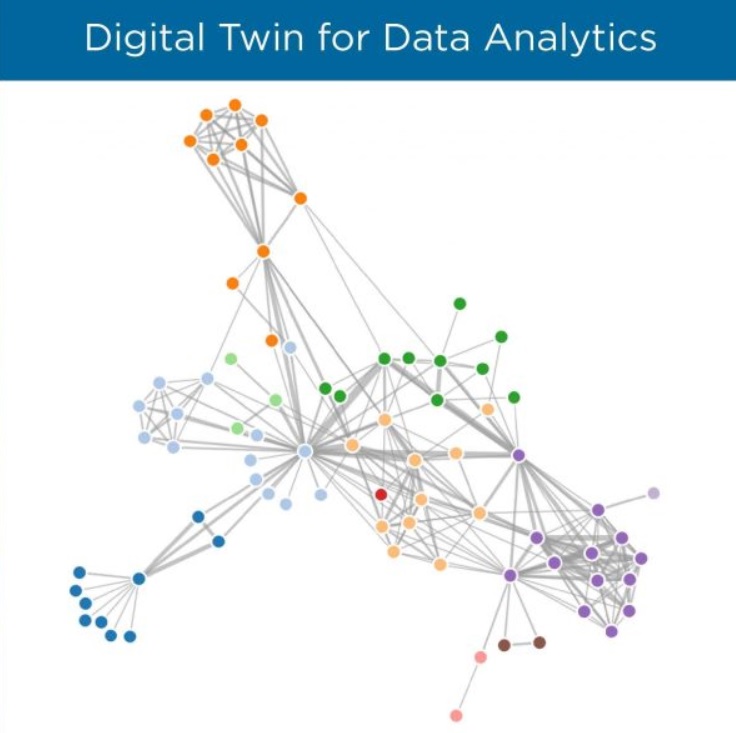The right representation of Digital Twins for Data Analytics
What are digital twins?
Digital twins are digital representations of physical objects. In simple cases, sensors for example, the digital representations may be trivial (e.g., current values for temperature, RPMs, etc.). More interesting cases involve complex, and usually expensive, capital assets such as diesel engines, turbines, and heavy duty mining and construction equipment.
In these cases, the digital representations will be incredibly complex, comprising finite state machines with potentially tens of thousands of discrete states. Due to their complexity, these digital twins can only be built accurately using machine learning algorithms . Once created, digital twins and analytics facilitate more accurate diagnostic, predictive and optimization processes.

Do digital twin and analytics improve operations?
Despite the fact that digital twins are virtual machines built by software and used by software, many seem to think that humans should be able to “look” at them. This desire leads to the belief that digital twins should incorporate information about the appearance and structure of the physical object, possibly using CAD data. While there may be a few IoT use cases that benefit from digital twins incorporating spatial information about devices—augmented reality for repair technicians for example—the majority of use cases do not.
Where does digital twin data come from?
Since digital twins must be built by software, the twin will be based entirely on characteristics of the device that can be learned and maintained by software (i.e., machine learning). Any manual addition of information—again, CAD files for instance—will impair scalability and make it difficult to maintain accuracy over time.
Unfortunately, for people giving presentations or writing articles on digital twins, the temptation to include images which look like digitized representations of the physical objects is too great to overcome. This despite the fact that it’s merely eye candy.
More ways manufacturers can capitalize on data analytics can be found in our previous article.
 This article was written by Kevin Walsh, Vice President of Marketing at Bsquare and originally was published here. In this capacity, Kevin drives all aspects of marketing including product and partner strategy as well as marketing communications and public relations.
This article was written by Kevin Walsh, Vice President of Marketing at Bsquare and originally was published here. In this capacity, Kevin drives all aspects of marketing including product and partner strategy as well as marketing communications and public relations.



